Technology
Enjoy getting right off the beaten track? Here’s how to stay safe, no matter where you are
It’s 40C and we’re tearing across a dramatic four-wheel-drive track through the red dirt and scrub of the South Australian Riverland region, and the man behind the wheel needs a tip about tyre pressure.
We’re idling atop a ragged, rocky dip, peering down at a steep slope and the kind of sandy incline that looks like it could need some serious shovelling if we get this wrong. And I’m not much up for leaving the airconditioning.
Editorial note: The author Travelled to South Australia as a guest of GME.
For more Travel related news and videos check out 7Travel >>
The CB radio in our vehicle crackles (or cackles?) as the driver ahead of us laughs over the airwaves and offers his advice.
A quick chat about tyre pressure and gear calibration and we’re off.
We’re at the sprawling, 8000-acre Loveday 4X4 Adventure Park just two-and-a-half hours northeast of Adelaide near the Riverland town of Barmera, but light years from the hustle and bustle of city streets and that means intermittent mobile coverage at best.
And that’s the kind of country where radio contact and personal locator beacons (PLBs) come in handy – which is the point of this trip out to this stunning landscape.
We’re here to look at GME’s TX6600S Australian-made 5 Watt UHF CB Handheld Radio and its MT610G, the company’s new, lightweight GPS Personal Locator Beacon (PLB).
More on PLBs a little later – let’s look at the walkie talkies.
It’s a handheld walkie talkie so a little different from the inbuilt XRS radio GME’s Lewis Pascoe used to get a driving hint from Loveday owner Tony Whateley, but just as useful when you’re holidaying with the family in the back of beyond.
“Being an avid offroad adventurer myself, I’ve seen first-hand how important it is to carry communication tech, such as a PLB and a UHF radio,” Pascoe says.
And as our parents get to retirement age and hit the road, he says it can also reassure families to know their folks are equipped.
“My dad is just like me, so I’ve been encouraging him to bring the same devices with him whenever he ventures into the unpredictable terrain. It keeps both mine and his mind at ease,” Pascoe points out.
The new TX6600S hand-held radio features an IP67 ingress-protection rating – meaning the tech is tough.
It’s the sort of device you’d see on construction and mining sites, the kinds of places where the tech needs to be durable
But the affordability of the TX6600S (a family pack with three devices goes for an RRP of $379) means the tech has much wider application in “civilian” life.
It’s estimated that barely a third of the Australian land mass is covered by mobile networks which means plenty of blackspots for those of us who enjoy the country’s more isolated regions.
So handheld radios can fill the void over smaller distances – such as during a family holiday at Loveday.
Besides the four-wheel-drive tracks, the turbo can-am buggy rides and buggy hot laps The Loveday 4X4 Adventure Park sits on 14km of riverside campsites along the Murray.
It’s a great place for a family getaway and there’s plenty for youngsters to do – and the GME TX6600S family pack with a 5 Watt handheld and two more radios for the kids allows you to keep track of them while they do it.
TX6600S HAND-HELD RADIO FEATURES:
- Five-year warranty
- 30-hour battery life
- 119 User-programmable RX channels (403-520MHz)
- Scansuite Digital scanning technology
- Rotary channel selection with voice announcement
- Two priority channels, triple watch, and 119 programmable receive-only channels (403-520MHz)
Given how cool the whole experience of using the walkies is, it might actually be difficult to stop the kids checking in.
They’ll certainly enjoy keeping track of their folks while the older holidaymakers enjoy Loveday’s fully licensed tavern overlooking the offroad racetrack where the buggy hotlaps take place.
They’re also useful at home too, to get the kids back from the park, or the mate’s place across the road. In ideal conditions (depending on the landscape in which they’re used) the handheld radios have a range of up to 10km, with a battery life of up to 30 hours.
But while communication with those around you is important on remote outdoor adventures, being able to get in touch with emergency services while in isolated areas can be life-saving.
Staying safe out bush
If tackling serious wilderness is your thing, you’ll need more than walkie talkies to stay safe, and GME has you covered here too.
The company has a range of EPIRBs (Emergency Position Indicating Radio Beacon) which are generally used in boats, and personal locator beacons for individuals.
The MT610G is GME’s new, Australian-made lightweight GPS Personal Locator Beacon (PLB), ideal for bushwalkers and four-wheel-drivers enjoying the remote outdoors.
They’re easy to use, carry and retail for about $350, include a seven-year battery life and a six-year warranty with no subscription required.
All you have to do is register it with your details and make sure you know how to use it properly.
“(It) is compact, lightweight and easy to use – simply deploy the antenna and press the red button to transmit a distress signal to rescue authorities,” Pascoe notes.
It transmits for a minimum 24 hours once activated. The PLBs are single-use but if you do need to activate your PLB in an emergency situation, you can reach out to GME for a free replacement.
And if you’re not sure how to use it, jump on the GME website or get on the phone - one of GME’s customer service team would be happy to help.
Once activated (and that’s just a matter of pushing a button and it is easily operated with one hand in the case of injury), its signal shoots up to the international search and rescue satellite system, Cospas-Sarsat, then down to the nearest rescue centre.
Across Australia and New Zealand there are three – in Albany (WA), Bundaberg (Queensland) and in Wellington, NZ, controlled by the Mission Control Centre located in the Australian Joint Rescue Co-ordination Centre (JRCC) in Canberra.
The nearest rescue centre will then dispatch whatever is necessary to help the person in trouble.
MT610G PERSONAL LOCATOR BEACON FEATURES:
- Seven-year battery life
- Six-year warranty
- Integrated 72-channel GPS receiver
- Buoyant design
- Cospas-Sarsat worldwide certification
GME has been making personal emergency beacons for more than 30 years and they’ve saved hundreds of lives along the way.
In early 2021, a GME MT410G Personal Locator Beacon led to the recovery of injured bushwalker along Tasmania’s Port Davey Track.
In April that year, the same model led to the rescue of a pair of climbers who activated an emergency beacon when they ended up in trouble while tackling Butterbox Canyon in the NSW Blue Mountains.
The MT610G is the new kid on the block and billed as the most compact and lightweight design so far.
“Our beacons and handheld radios are designed to give peace of mind to bushwalkers, four-wheel-drivers, remote workers, boaters and outdoor adventurers,” Pascoe says.
-

 Technology8h ago
Technology8h agoUS judge questions Google, DOJ in market power trial closing
-

 Technology8h ago
Technology8h agoQualcomm jumps as AI sparks rebound in Chinese smartphone market
-
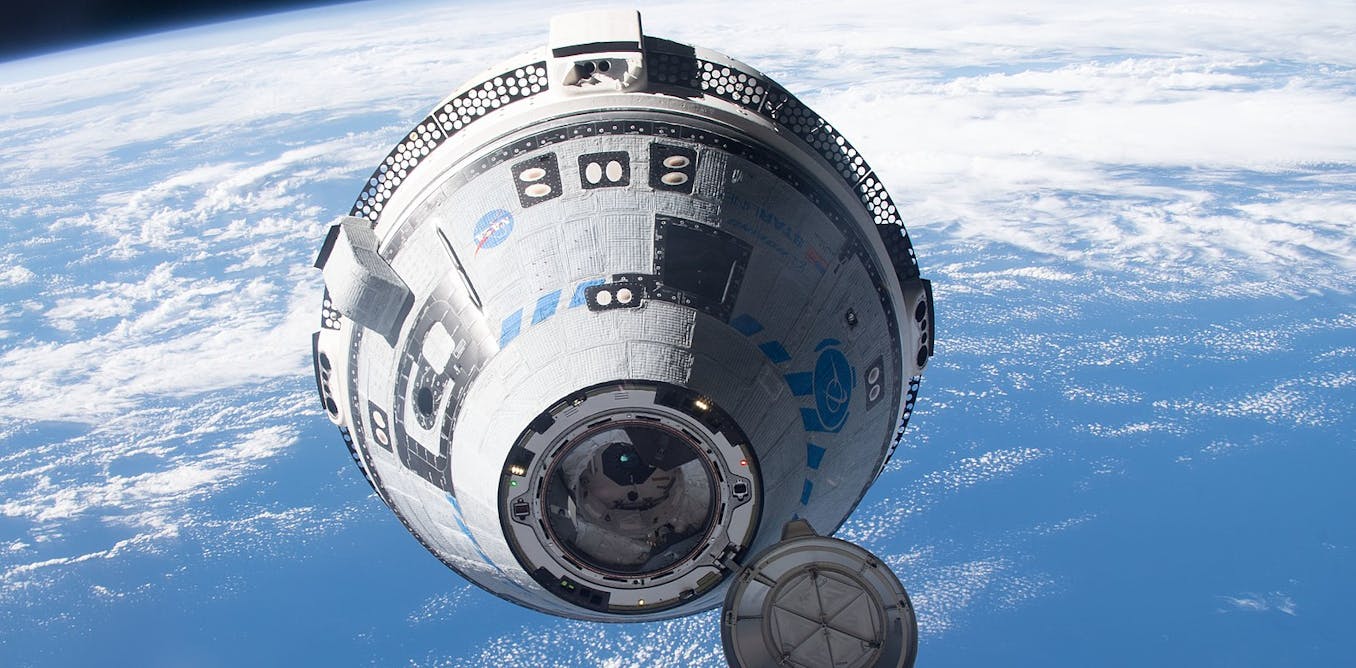
 Technology12h ago
Technology12h agoBoeing’s Starliner is about to launch − if successful, the test represents an important milestone for commercial spaceflight
-

 Technology17h ago
Technology17h agoBreakthrough 6G antenna could lead to high-speed communications and holograms
-

 Technology1d ago
Technology1d agoWhat You Need to Know About the New WhatsApp Features
-

 Technology1d ago
Technology1d agoBrain cancer in children is notoriously hard to treat – a new mRNA cancer vaccine triggers an attack from within
-
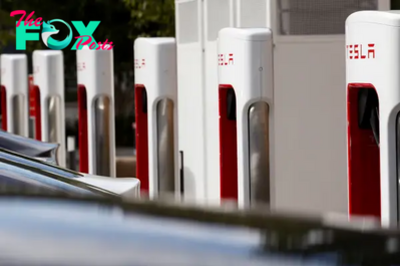
 Technology1d ago
Technology1d agoElon Musk's Tesla overhaul hits executive bench he touted
-

 Technology1d ago
Technology1d agoEx-Google workers say firings for protesting Israel contract were illegal


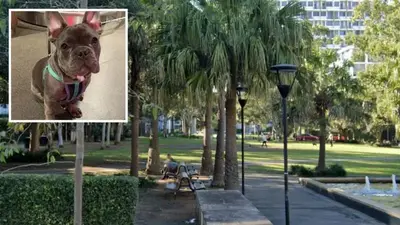

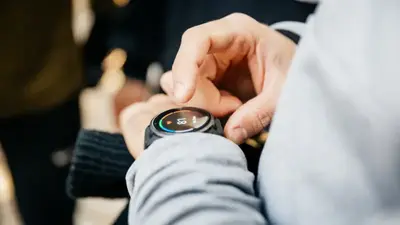





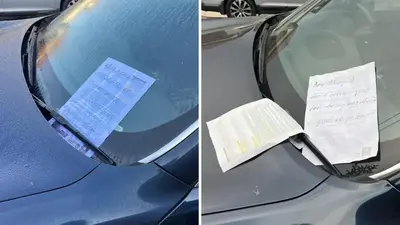








![SZ “Meet a biggest liger [lion+tiger] baby : Biggest cat in the world, so amazing (Video) ” SZ](https://cdn.thefoxposts.com/vimedia/h80/2024/05/03/bbca5001534c74a7cb61054b856092df.webp)







